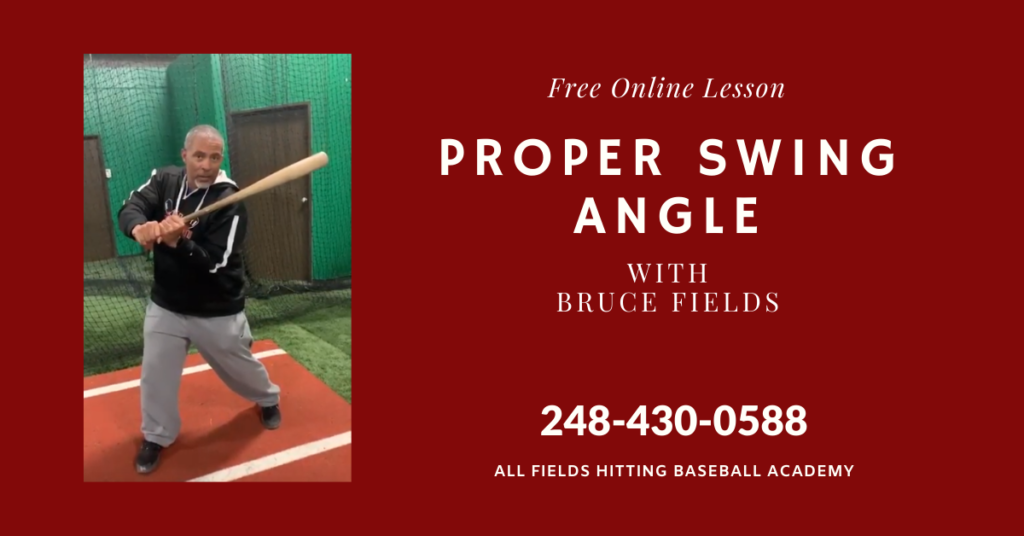The science of pitching has undoubtedly evolved over the years. When I was in college, pitchers built their arm strength by doing long toss, and if they had issues with their mechanics, our pitching coach would try to help them during their bullpen sessions. Today, there are drills specifically for pitchers that can be done all year and focus on the area’s most important to increasing velocity and accuracy. We have compiled 7 of the most essential drills that should be incorporated into your daily pitching routine.
The key to each of these drills is to take your time and not rush through it. Each exercise is built with a purpose; whether it focuses on balance, mechanics, or utilizing your lower half to increase the drive to the plate, if you are diligent about incorporating these, you will see an improvement in both velocity and pitch location.
Off the wall
This simple drill focuses on your follow-through and helps you stay centered after you release the ball. Unfortunately, many pitchers find themselves falling off the mound to their glove side after their delivery, which decreases velocity and puts you in a poor position to field a comebacker.
- All you need is a fence or a wall.
- Stand with your back about six inches to a foot away from the wall or fence.
- This is a dry throw, so only go about 75% from the stretch position.
- On your follow-through after landing on your front foot, your body should not touch the wall. If you touch the wall, that means you are falling off to your glove side, and your body is not square, make the adjustments.
Extension (Towel Drill)
Many pitchers don’t get all the way out to the proper release point when delivering the ball to home plate.
This drill will eliminate short-striding and will help you to generate more power by using the push from your legs.
- Get an old sock and place the ball all the way to the bottom of the sock.
- Hold the ball within the sock and leave the rest of the sock to fall to the side. You will need to have that extra material to show you how far you can reach.
- This works best with a partner, but you can use a wall or fence if you don’t have a partner.
- Face your partner or fence as if it was the plate. Start a few feet back and go through your motion. Have the end of the sock or towel hit the wall on your follow-through.
- Step back a few inches after every time you touch the fence with the sock. This will extend you each time to get a better release point and allow you to feel the push with your legs.
Toe Tap and Go
This drill is beneficial if you have difficulty reaching a controlled point on your leg lift. Often pitchers will rush the front leg lift leaving them off-balanced, which messes with your overall mechanics. This sequence must be followed to create balance on that lower half, so don’t rush this drill.
- Start in the stretch position.
- Bring glove side knee up and hold.
- Drop the same leg to touch the toe behind your plant foot.
- Bring that leg back up to the first position
- Drop that toe and touch in front of you, less than shoulder-width
- Finally, bring that leg back up and go as if you are delivering to the plate.
Rocker Drill
You want to have good hip-to-shoulder separation when you land. This drill allows you to make your hips and shoulders work independently of each other.
- Find a wall, fence, a net, or a partner to throw to. This is not a full-speed throw; it’s more of a muscle motion.
- You will start with your back leg like it is on the pitching rubber.
- Your front or lead foot should be pointed towards your target and be more than shoulder length apart, about as far as you would be when your stride foot lands.
- Make sure your hips are facing the target, and your shoulders are facing toward third or first base, depending on your throwing arm.
- You want to rock forward on your lead foot, rock back on your plant foot, then deliver the ball.
- You want to make sure you feel your hips and shoulders working independently of each other, which should help you when you get back on the mound and go through a full delivery.
- This will help you increase your velocity.
Hip Into the wall
This drill helps you understand that your hip drives your body toward the plate. It allows you to throw downhill with your front hip, which will enable you to be in the best possible position to increase your velocity.
- Find a wall and stand about a foot to a foot to a foot and a half away from the wall
- Start in the stretch position.
- Softly fall into the wall with your front hip- make sure the only thing that hits that wall is your front hip.
Front Leg Leverage Drills- Overhead Medicine Ball Toss
The following two drills are built to ensure you finish over the top of your front foot.
- Grab an 8–10-pound medicine ball
- Start with your two feet shoulder-width apart.
- Hold the ball above your head with two hands, and then throw the ball down while keeping your lead foot planted. Your back leg will swing back (balance on your front foot); this creates balance and strength.
- Throwing the med ball down forces you to stay over top of that front leg.
One Leg Balance Throw
- Find a wall, fence, or net to throw into.
- Balance on our front leg- square to the target.
- Hold your plant leg up in the air.
- Stay balanced as you take your arms back in the throwing motion, and throw your plant leg back in the air.
- You should finish strong on your front foot.



